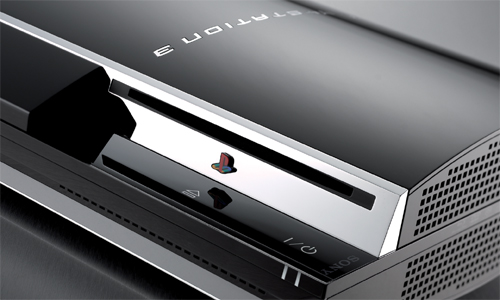
PS3 Troubleshooting
There are few things more frustrating than starting up your PlayStation 3 and not having it work properly. Fortunately, most PS3 problems can be resolved easily with some at-home PS3 troubleshooting and repairs. Here are some simple steps you can take to get your PS3 up and running again quickly.
There are five basic PS3 troubleshooting steps you should run through before moving on to more complicated PS3 repairs.
Cable Problems. First, check and make sure all your cables are connected to the right areas and that they are connected tightly. Loose cables can cause a wide variety of PS3 problems, especially “no display” errors and audio problems. Even a slightly loose cable can cause serious problems, so double check and make sure all your cables are fully and correctly connected.
System Settings Problems. Incorrect console settings can cause many different problems with your PS3. To start, check that your video and audio settings are set correctly. If you are moving your PS3 between different televisions, you should also make sure to check that it is set for the correct type of television. One of the most common console setting errors results from using a PS3 on a HDTV when it is set for a standard television (the factory default setting), but other settings should be checked as well to rule out this as the source of your problems.
Dirty Discs. If you are having a problem with the PS3 reading a certain game disc, it is very likely a problem with the disc itself – and not the PS3. To check, try running a different disc in your unit and see if the problem repeats itself. If there is a problem with a specific disc that you want to use, try cleaning the disc carefully and see if that fixes the problem. Also, be sure to care for all your discs carefully to prevent such problems from occurring in the first place. Make sure they are not exposed to heat, sunlight or scratches, and always keep them inside their protective cover when not in use.
Overheating Issues. Overheating is the most common cause of PS3 red light errors and automatic shutdowns. There are several things that can cause your PS3 to overheat, but poor ventilation is probably the most common cause. If your PS3 console is not positioned well during play, the unit can easily overheat. If you suspect that this is the issue, wait until your PS3 has cooled down completely, reposition it in such a way that the vents are not covered, and see if this fixes your problem.
System Restart. Occasionally there is just a random error that can cause your PS3 to freeze. If this occurs, you should try to do a system restart. You can restart your PS3 by holding down the power button for approximately 10 seconds until it shuts down on its own. Then restart the unit and see if it resumes normal play again.
If this small guide doesn't help solve your problem, you can Contact us.
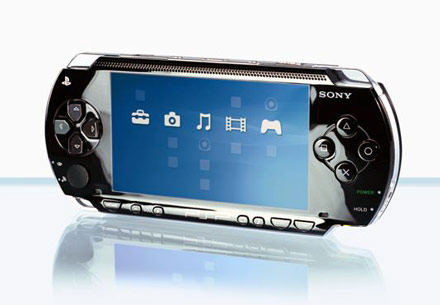
PSP Troubleshooting
Issues Concerning Power, Charging and Battery. If the power does not turn on, check if the battery pack is properly inserted. Another case is that the battery has no charge at all. Charge the batteries. If the battery doesn't charge, check the wiring and the AC power cord if inserted properly. Check if the power supply connectors are clean (both AC supply and USB connectors).
Issues Concerning the PSP Screen. If the screen suddenly turns into black, the "Backlight Auto Off" or "Auto Sleep" might be enabled. Disable it. If the screen is dark and hard to see, adjusting the brightness might do the trick. If video cannot be displayed on the television, the video output cable may not be inserted properly or simply put, the TV doesn't support the video output of the PSP.
Issues concerning the Sound. If there is no sound, the volume may be set at zero. Check also whether or not the mute button is turned on. If the maximum volume cannot be reached, the AVLS is on; AVLS restricts maximum volume to protect the user from maximum volume. If the headphone doesn't seem to work, check the headset connection for any irregularities.
Issues regarding playing UMDs, images, video or music. If the PSP doesn't seem to read UMDs, try restarting the console. If the PSP cannot play Images, Video, or Music, check the format of such files. There are certain types of files that the PSP does not support.
If this small guide doesn't help solve your problem, you can Contact us.
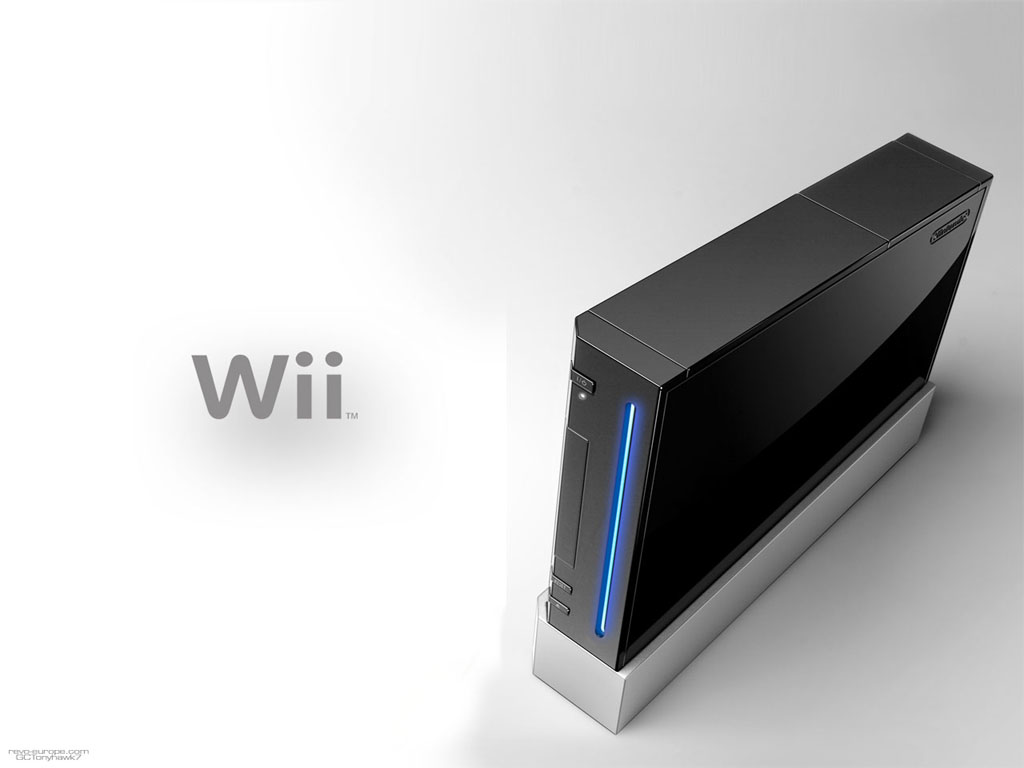
Wii Troubleshooting
If you own a Nintendo Wii long enough, it is inevitable you will have to do some Wii Ttoubleshooting at one point.
Identify the problem. The most obvious key to getting your Wii working again is to correctly diagnose the problem. Is the console not reading discs properly? Are the connections between your TV and the game console not working? Successfully troubleshooting Wii problems requires a patient approach. Simply taking it apart without thinking will do more harm than good.
Check the disc. You can call up the disc channel to see if the game is being read by the system. If your Wii is not reading a disc, the problem could be the disc itself. Make sure you are using a disc formatted for play on a Wii. CDs, DVDs, Blu-ray movies and games made for Playstation or XBox will not work in a Wii. Get used to the fact you might have to stick a crowbar in your wallet and buy the appropriate equipment to use those items.
Move the sensor bar. Where you place the sensor bar can have a direct impact on how well the Wii works. You should always place it on top of your TV and make sure it is correctly connected to the back of the console. Make sure there is nothing blocking the sensor bar, so the signal will reach the Wii remote without being impeded.
Check the display. If you turn on your Wii and nothing shows up on the screen, it is a good idea to see if your Wii's input and output cords are connected properly to the TV. You should also make sure your TV is tuned to the correct input channel. Many TVs come with multiple input channels and leaving it on the wrong one can cause you to see a blank screen.
Monitor power. Sometimes you will encounter a situation with a Wii where it plays for a while and then the power shuts off unexpectedly. When this happens, it can be caused by the console overheating or an unlicensed accessory tripping the AC adapter. The best way to combat both problems is to make sure nothing is blocking the Wii's ventilation and the unlicensed product is removed from the console before resetting it.
If this small guide doesn't help solve your problem, you can Contact us.
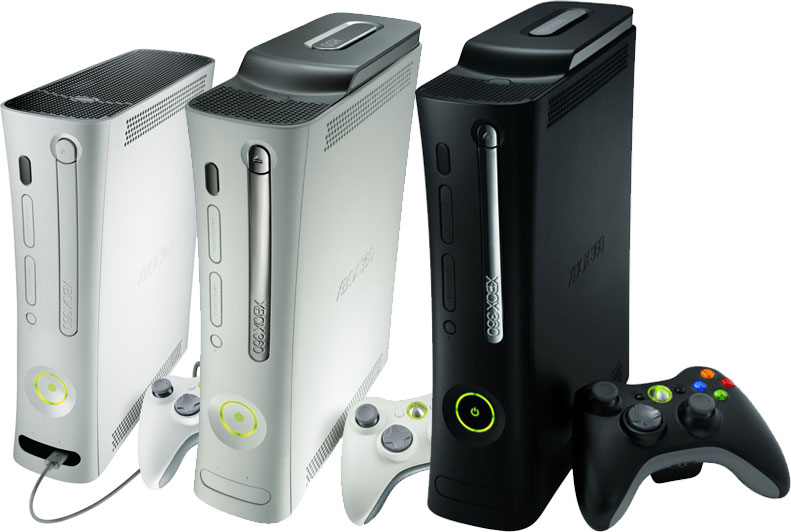
Xbox360 Troubleshooting
The Xbox 360 is a top-selling gaming console that provides enhanced graphics and crisp visuals and sound effects for a superior gaming experience. But as with most electronics, your Xbox is also prone to problems such as when the console refuses to respond or if warning lights begin to flash on the device, which usually signifies some hardware issue.
Here are some tips to troubleshoot common Xbox problems.
System Unresponsive: If your device does not power up or respond to turning it on, the first thing to do is to check the external connectors and the power supply. Ensuring that the power cord is firmly plugged into the back of the Xbox as well as securely linked to the external power supply can be the reason the system does not start-up. In some cases, it might be the case of a fuse blowing out, so checking if your surge protector has turned off supply might resolve the issue. Of course, as with most electronic devices, a well-grounded line is recommended when connecting your Xbox to an external power source. If none of these steps work, and there is no way to tell if the system is working or not, you may have to take your device to your warranty provider for assistance.
Blinking Lights: Usually a green light blinks around the power button, but if red LED lights blink instead, this may indicate system trouble.
- You could also try to restart the console to check if this resolves the issue. Next, try removing and re-plugging the power cord to see if the blinking lights disappear.
- Turn off the console and try removing the hard drive before turning it back on. Sometimes disconnecting the external drive may fix the issue, in which case, turn the system back off and then insert the hard drive once again.
Usually, if three red lights continue to blink on the device, this may indicate hardware failure, and your best option is to head to a repair service or use your warranty information to fix the problem.
If this small guide doesn't help solve your problem, you can Contact us.
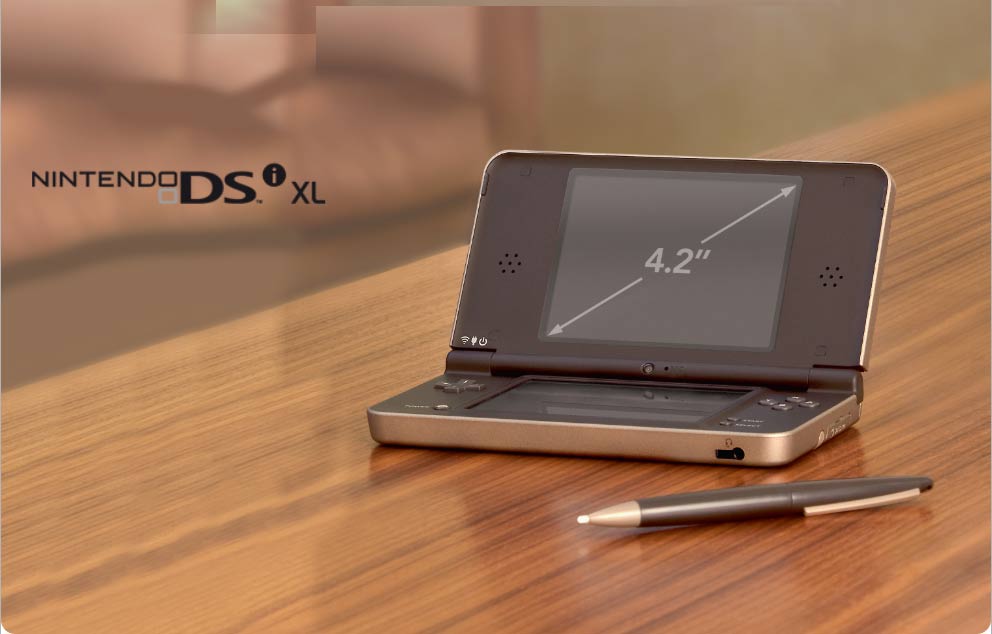
NDSi / XL Troubleshooting